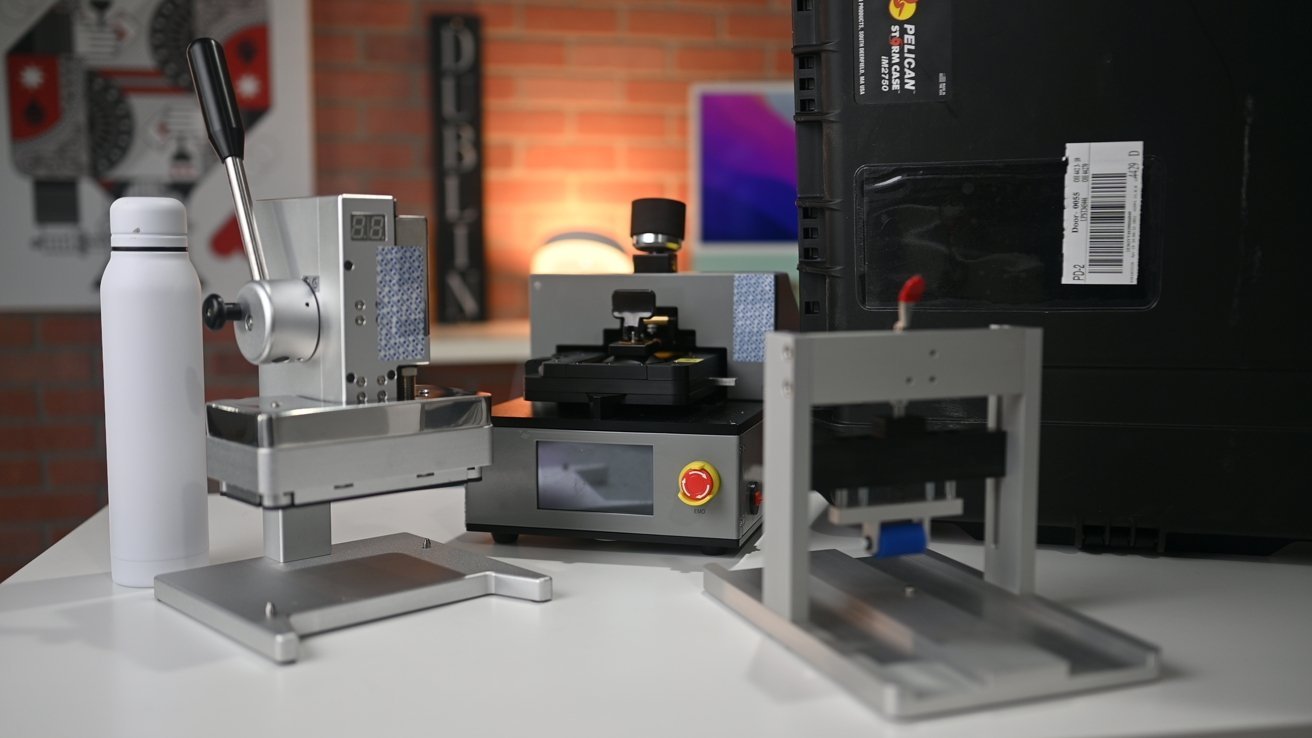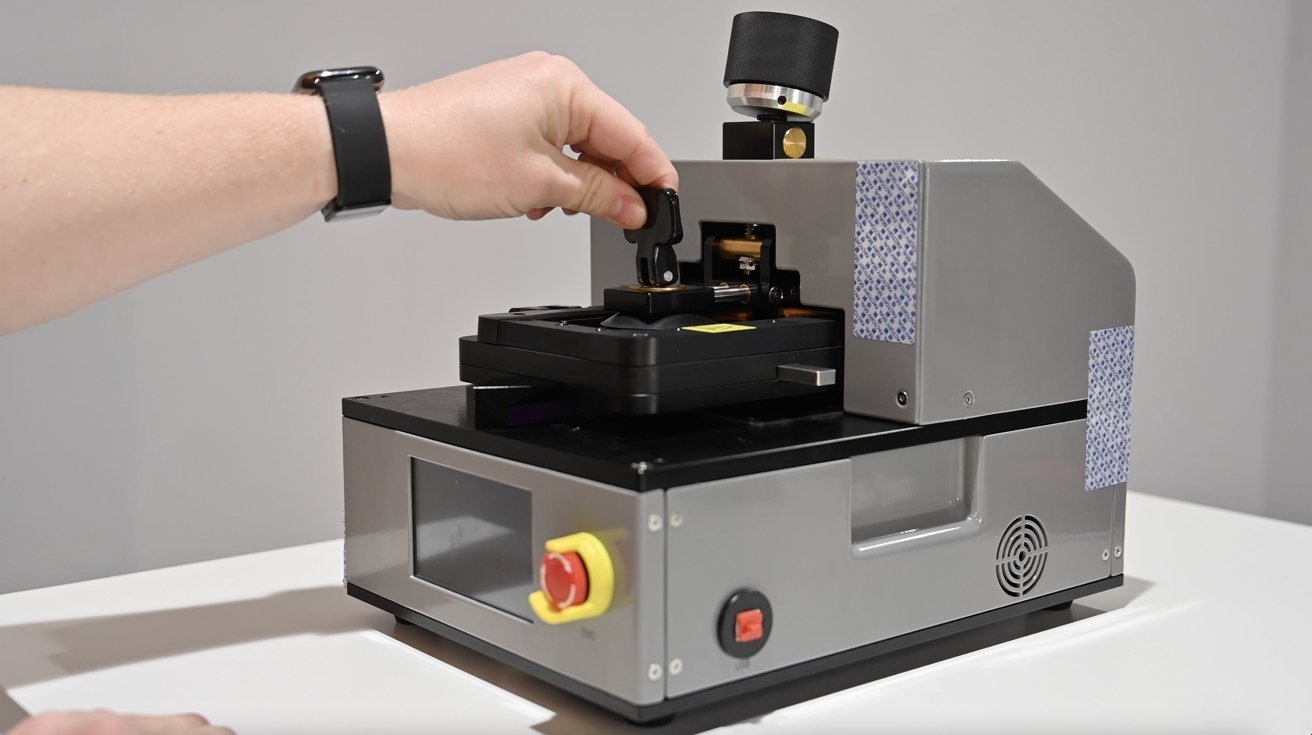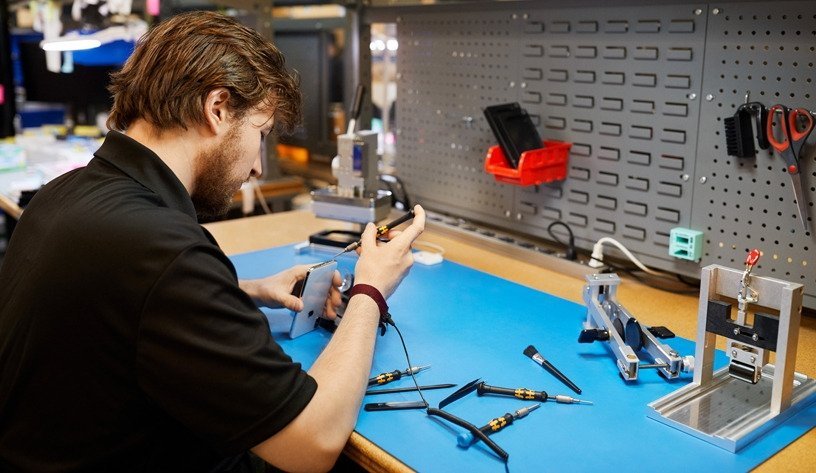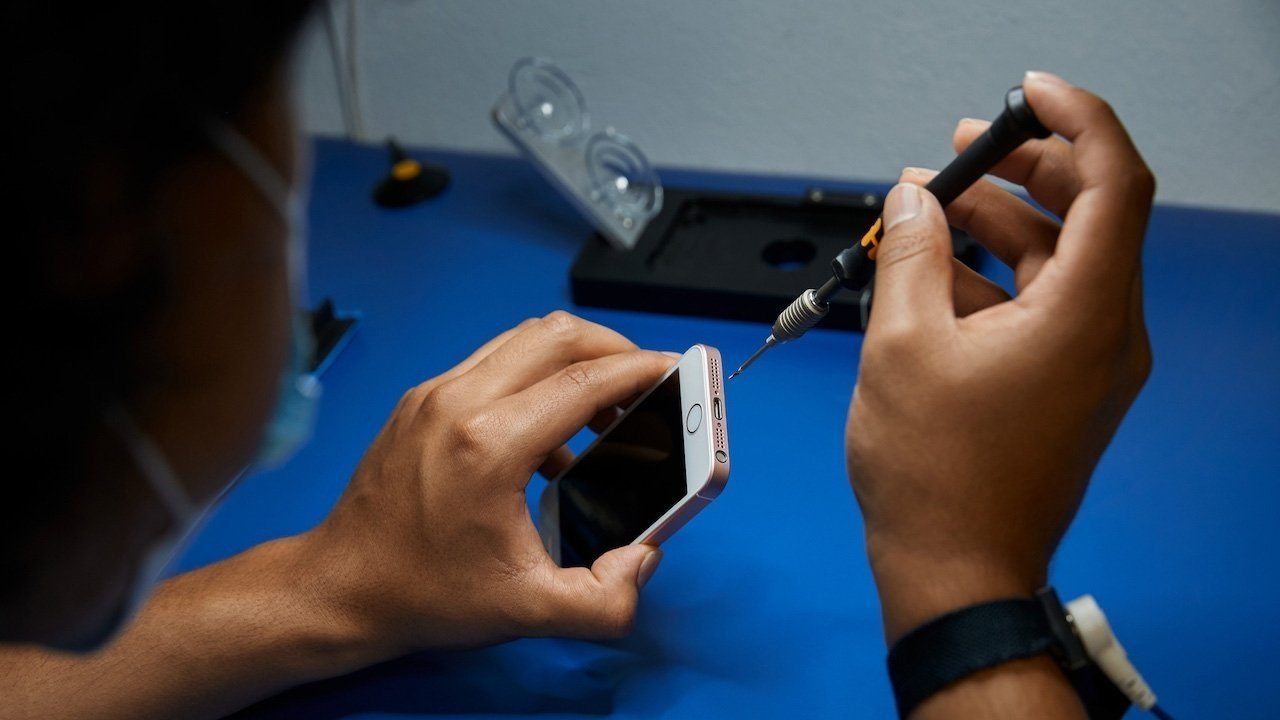
Apple recently expanded its Self Service Repair program to include Macs. Although the program itself still isn't meant to be the end-all solution for Right to Repair advocates, it's at least a move in the right direction.
Since the program was first launched, it has attracted criticism from Right to Repair advocates and repair organizations. That's to be expected, since the program was never meant to be a perfect solution to the points offered by repair advocates, and has always been a way to try to head off right-to-repair and antitrust complaints.
There are even some responses suggesting that Apple's expansion of the program to include Macs has made the company's laptops "seem less repairable."
Make no mistake, Apple's Self Service Repair program isn't perfect for anybody but Apple. However, there's no getting around the fact that it does make Apple products more repairable.
Self Service Repair is still in its infancy
Apple announced the Self Service Repair program in November 2021 and officially launched the web portal for it on April 27, 2022.
Through the web portal, customers can order a variety of resources to fix their own Apple devices. That includes genuine parts and tool kits that can be purchased or rented, as well as manuals and documentation.

Earlier in August, Apple added the first two Mac devices to the program: the M1-equipped MacBook Pro and the MacBook Air. Although the program doesn't cover every fix out there, it includes service resources for a number of common issues.
To start, Apple is only offering Mac-centric repair parts and manuals for its M1 models. However, it said that it's going to add additional models to Self Service Repair later in 2022.
Criticism of Self Service Repair
Since the beginning, critics have said that the Self Service Repair program forced users through too many hoops to fix their own products. The U.S. Public Research Interest Group, which has been vocal in its criticism of Apple's repair policies, said that the program still doesn't mean that Apple properly supports repairs.
Shortly after it launched, the repair experts at iFixit praised the Self Service Repair program but criticized the company's repair policies, including the fact that it still pairs parts with device identifiers.
After Apple added Mac devices to the program, iFixit also criticized the fact that replacing the battery on a 14-inch MacBook Pro — a common repair — requires removing the entire top case and keyboard unit. Not only that, but a battery swap also entails 162 pages of instructions.
In other words, iFixit's argument is that Apple is making a small concession with its Self Service Repair program while also maintaining device designs that make repairs much more arduous than the average consumer is likely to put up with.

The repair experts also noted that Apple has seemingly removed its iMac repair manuals that it made available in 2019. However, at this point, it's impossible to tell whether that's simply because it's going to incorporate those manuals into the Self Service Repair program.
Self Service Repair is only a first step
As we've argued in the past, Self Service Repair isn't a sign that Apple is jumping on the repair movement. It's a concession and not a heel turn — and it was never necessarily aimed at addressing Right to Repair concerns.
The Self Service Repair program is meant to give skilled customers the ability to order genuine parts and tools to fix their own products. It's also a boon for independent repair technicians that may not be part of Apple's Authorized Service Provider or Independent Repair Program programs.
There have been folks complaining in the last two days that you can't upgrade RAM or storage through a repair part, given that the part cost is about $4400, of which you'll get about 85% back after you return the "core" part. That's not a particularly valid issue, nor should have upgradeability through the program been even considered a possibility, since you can't do this through Apple service centers either.
Of course, there are still valid criticisms of Apple's overall repair and design philosophies.
For example, as iFixit accurately notes, Apple's MacBook Pro battery repair could be easier and less costly. It's one of the most commonly replaced parts on electronic devices, and will wear out even with little to no device usage. It stands to reason that, among all other components, a battery should be the easiest to replace.
That has more to do with Apple's design team, however, and not the Self Service Repair program. Until fairly recently a battery replacement on a MacBook Pro required this upper case assembly to be replaced, whenever a battery needed exchanging.
And going forward, Apple notes that it'll make a battery-only replacement part available to make the fix easier. At some point it will, that is, and the timetable for this isn't clear.
Remember: This is only a first step
Any right to repair criticism levied at Apple's Self Service Repair program should contend with the fact that it's only a first step — and the fact that it was never meant to be a complete and total victory for the staunch advocates.

More than that, Apple designs its products to be durable and functional. It never has and never will make an iPhone with a pop-out battery like an old Nokia phone — and that's fine. Any discussion about Right to Repair should consider the balance between form and function, and the fact that the regular non-techie user outnumbers the adept user by probably ten to one at this point on the Mac, and by a larger margin on the iPhone.
Even back in the heyday of upgradeable and routinely openable Macs, a very small percentage — low single-digit percentages according to some accounts — ever fixed their own computer or upgraded it on their own.
Future of Right to Repair legislation
There are storm clouds ahead for Apple as far as its repair policies and programs. Legislation in both the United States and European Union could force the company to make repairs even more accessible.
For example, there's legislation inching its way through Congress that could enshrine in law the ability for consumers to fix their own products. Federal agencies like the FTC have also pledged to take a stand against unlawful repair restrictions.
There's even internal disagreement within Apple about how it should proceed with the Right to Repair.
Apple's Self Service Repair program is a way for Apple to get ahead of those legislations. Even the most cynical Apple watchers have to acknowledge the positive first step that Self Service Repair represents.
There's almost no chance that the Self Service Repair program will remain the way it is indefinitely. It's going to have to change to meet criticism and legislation.
Before that happens, however, proponents of the Right to Repair will need to properly define what that looks like in a sane fashion. And, discussions need to be had on how companies can practically achieve it, given the demand from the average populace for thin and light devices, that they will never open or consider repairing, ad were purchased effectively as a computing appliance and not like a computer with a swing-open door.